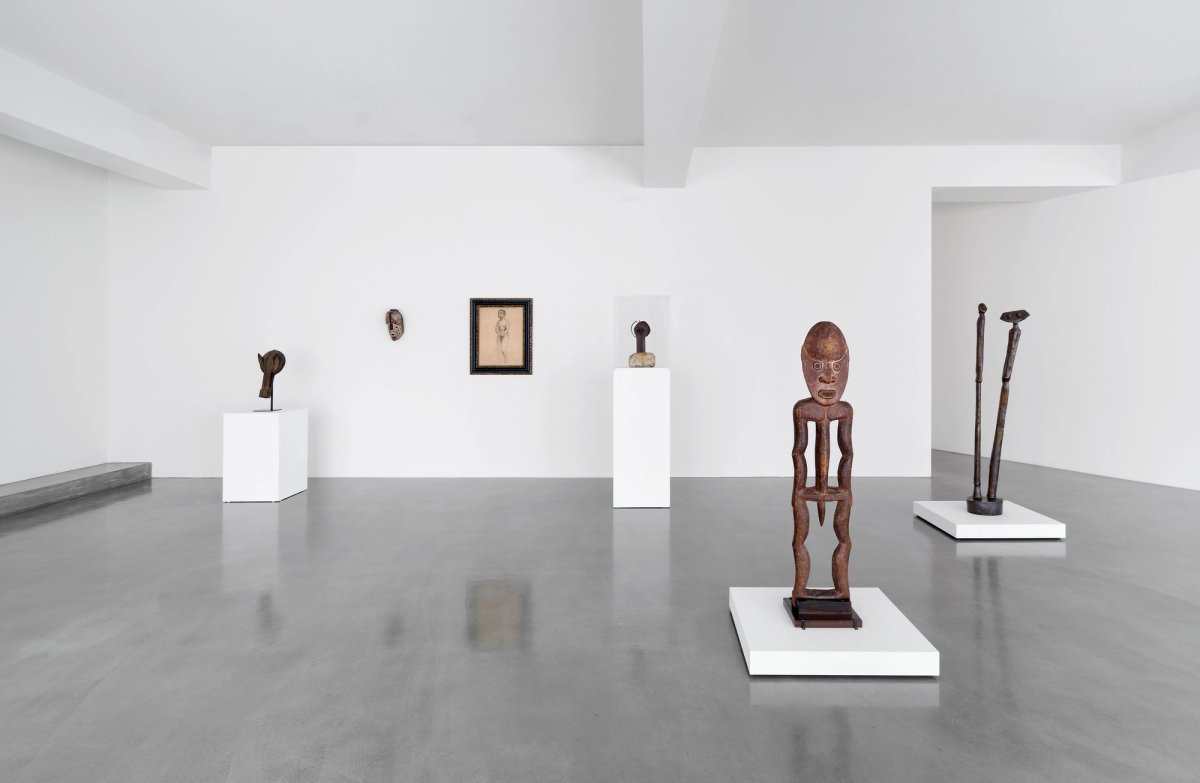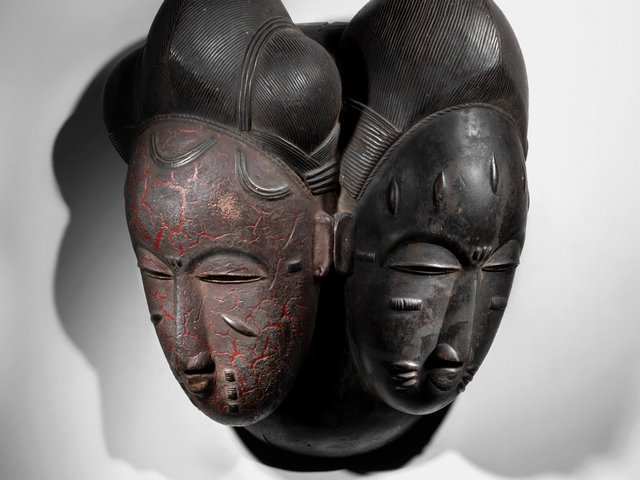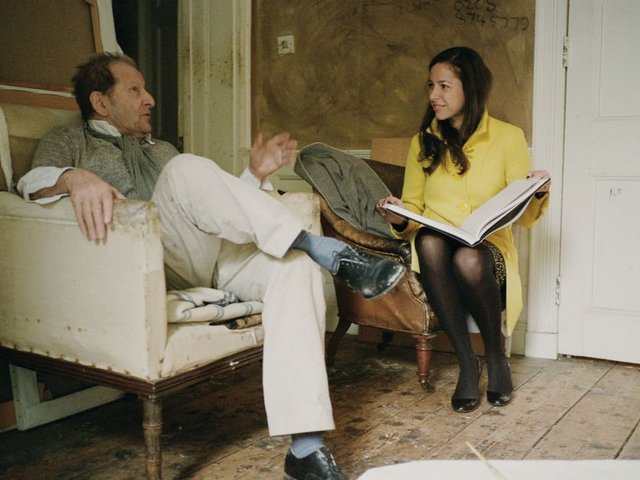The exodus of experienced specialists from auction houses in recent years, particularly in more niche collecting departments, has presented an opportunity for some galleries.
A case in point is Pilar Ordovas, who tonight opens an exhibition at her eponymous Mayfair gallery in collaboration with Jean Fritts, who was previously international chairman African & Oceanic Art at Sotheby’s before she set up her own advisory four years ago, and Fritts’s former colleague, Pierre Mollfulleda, formerly the head of the Sotheby’s African & Oceanic Art department in Paris.
The exhibition, titled Dialogues: European, American, African and Oceanic Art from the 20th and 21st Centuries (from 9 October until 12 December), places Modern and contemporary western works next to the African and Oceanic art that inspired it.
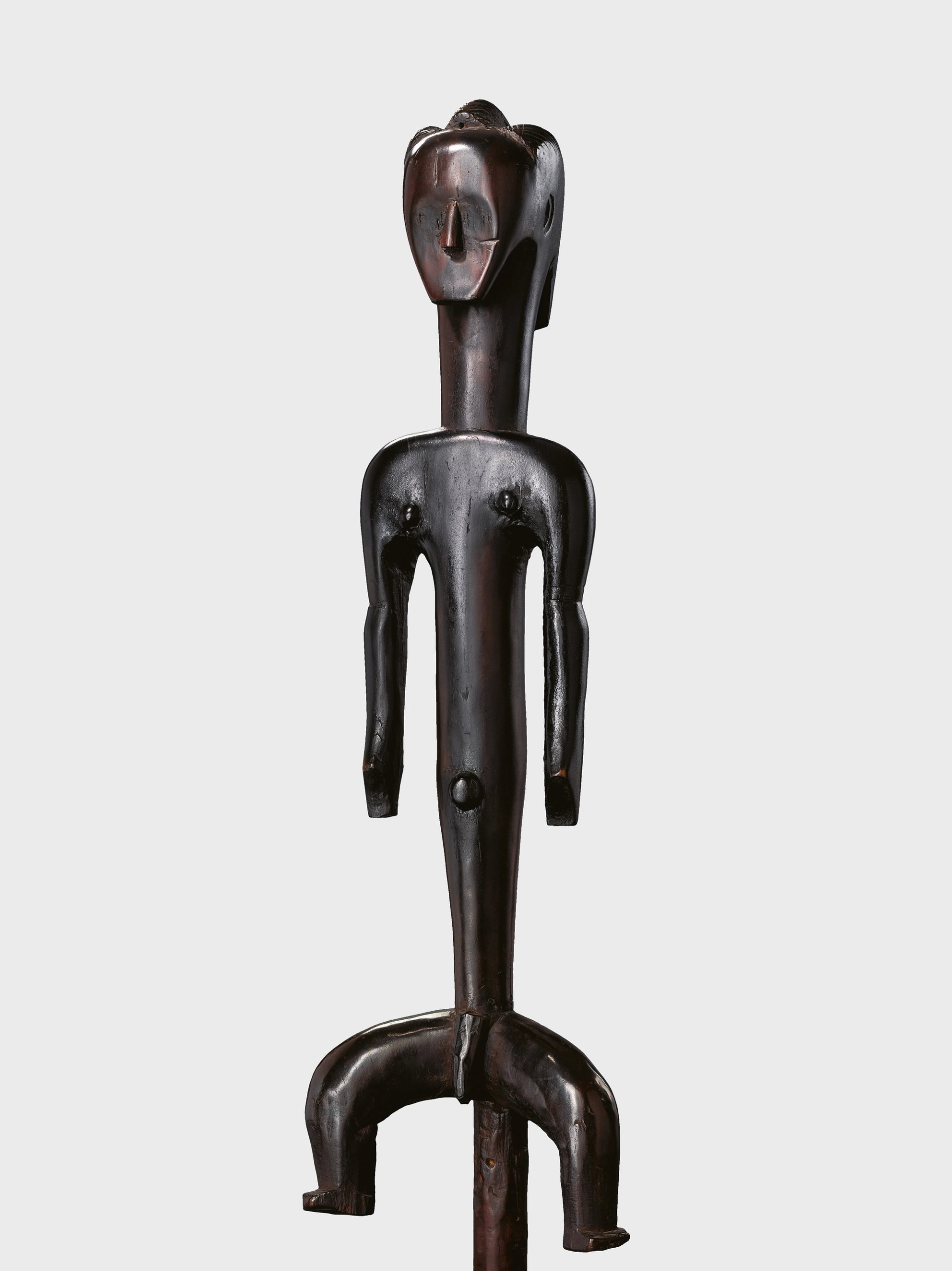
A Fang reliquary figure from Gabon
© Ordovas
Ordovas herself spent 13 years at Christie’s before setting up her own Modern and contemporary art gallery. “The auction houses have changed over recent years, but back then when there were three or four auctions a week, there were specialists with decades of experience in much more specific categories,” Ordovas tells The Art Newspaper. “A lot of that expertise has now been set free into the wider world, and it’s a huge opportunity to be able to collaborate and stage focused exhibitions like this one. The great joy of having a gallery is having the flexibility to do whatever interests me the most; the core of the business is obviously centred around 20th century and contemporary art, but it’s opportunities and projects like these which are really exciting."
The idea for the show, Ordovas says, stemmed from an earlier exhibition, Tête, in 2023 which included just three objects—a sculpture by Amedeo Modigliani and two objects that may have provided inspiration for it—a Cycladic marble head and a Guro mask once owned by Modigliani’s dealer, Paul Guillaume. “This was when I first worked with Jean: she arranged the loans of the Guro mask and the Cycladic head,” Ordovas says. At the time, they discussed doing a wider exhibition, with broader scope. “Thanks to Jean and Pierre’s expertise, we have managed to bring together this outstanding group of African and Oceanic objects, most of which are being shown in London for the first time.”
Three works in the Dialogues exhibition featured in the pivotal 1984 Moma exhibition Primitivism” in 20th Century Art: Affinity of the Tribal and the Modern: an Eastern Iatmul figure from Papua New Guinea, on loan from the Fondation Beyele; a Mahongwe Kota reliquary figure from Gabon which comes from a private French collection; and a Malian mask of the Bamana peoples, which was exhibited in 1984 alongside the works of the Surrealist Max Ernst.
“It is quite rare for a group of this importance to be shown in London, and all of the ones selected are being shown in the UK for the first time,” Fritts says.
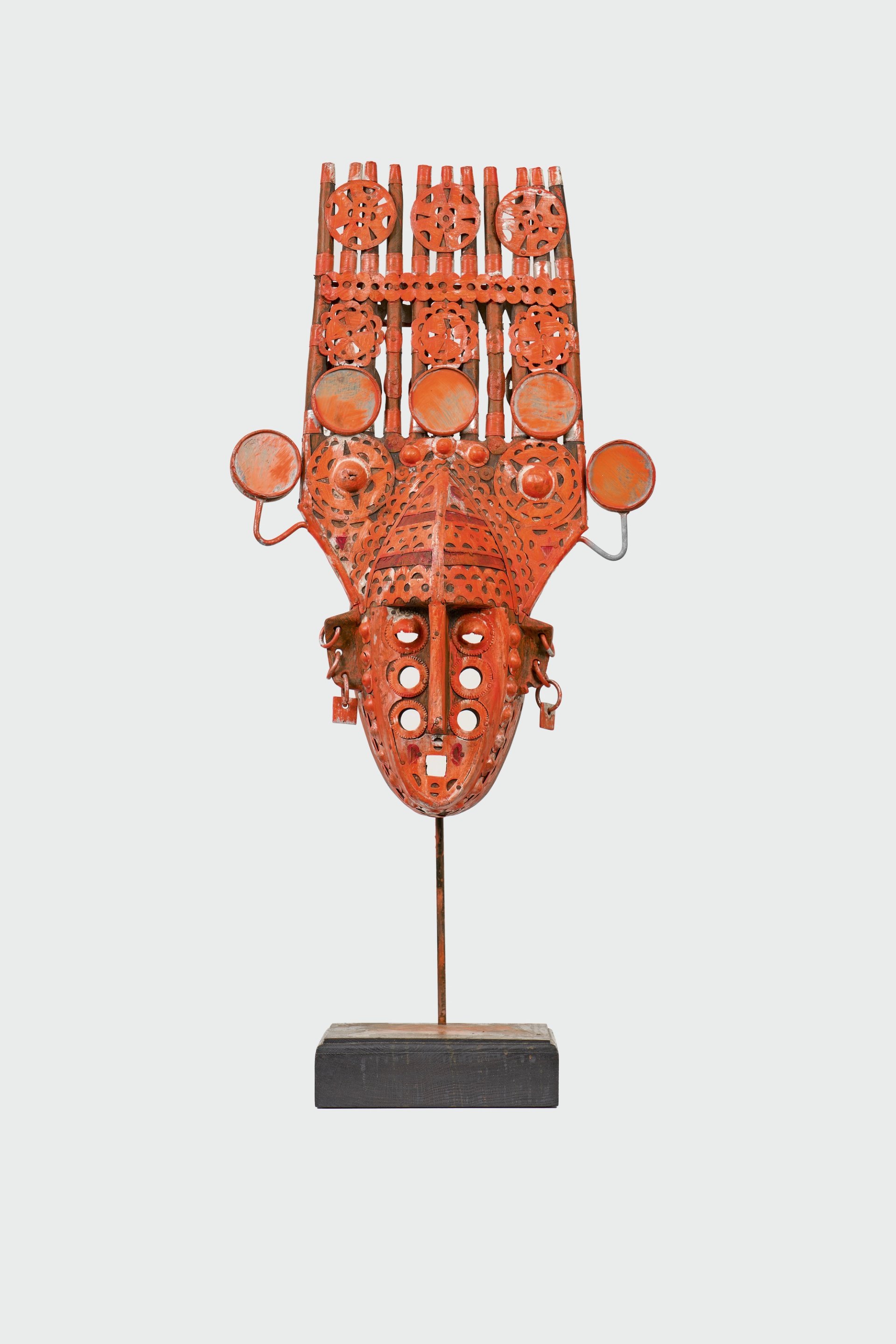
David Hammons's Orange is the New Black (2016)
© the artist and Ordovas
The market for African and Oceanic art largely revolves around Paris and New York, Fritts says. Buyers “tend to be attracted towards quality, rarity and opportunity,” she says. “This has actually protected the market to some degree given that it’s quite challenging in other areas. In March 2024, a Fang reliquary head sold for €14.7m at Christie's in Paris, setting a new auction record, and there have been other great prices over recent years. The reopening of the new Arts of Africa galleries at the Met last year was also a huge success, and reenergised the category.” She adds that there is a marked amount of crossover in terms of collectors who also buy Western Modern and contemporary art, as well as Chinese and Islamic art, and Old Master drawings.
Alongside the African and Oceanic art are choice examples of 20th and 21st century works, such as Picasso's Nu debout (1906), a precursor to Les demoiselles d’Avignon (1907) and heavily influenced by Iberian and African art, which was once owned by Gertrude Stein. Others include Tête aux grands yeux (around 1930) by Julio González, which is on loan from the Lehmbruck Museum in Duisburg, Germany, and Max Ernst’s Les asperges de la lune (1935), inspired by a West Papuan carving of a male and a female pair, which belonged to Ernst’s dealer, Jacques Viot. The contemporary artist Adam Pendleton has also selected one of his works for the show, Untitled, 2021. Also included is Orange is the New Black (2016), a faux African painted mask by the African American conceptual artist David Hammons.
The exhibition includes a number of loans which are not for sale, but prices for those that are—including a Mbole figure from the Democratic Republic of the Congo, a Fang figure and Adouma mask from Gabon, plus the Hammons and Pendleton—range from $25,000 to $6m.


